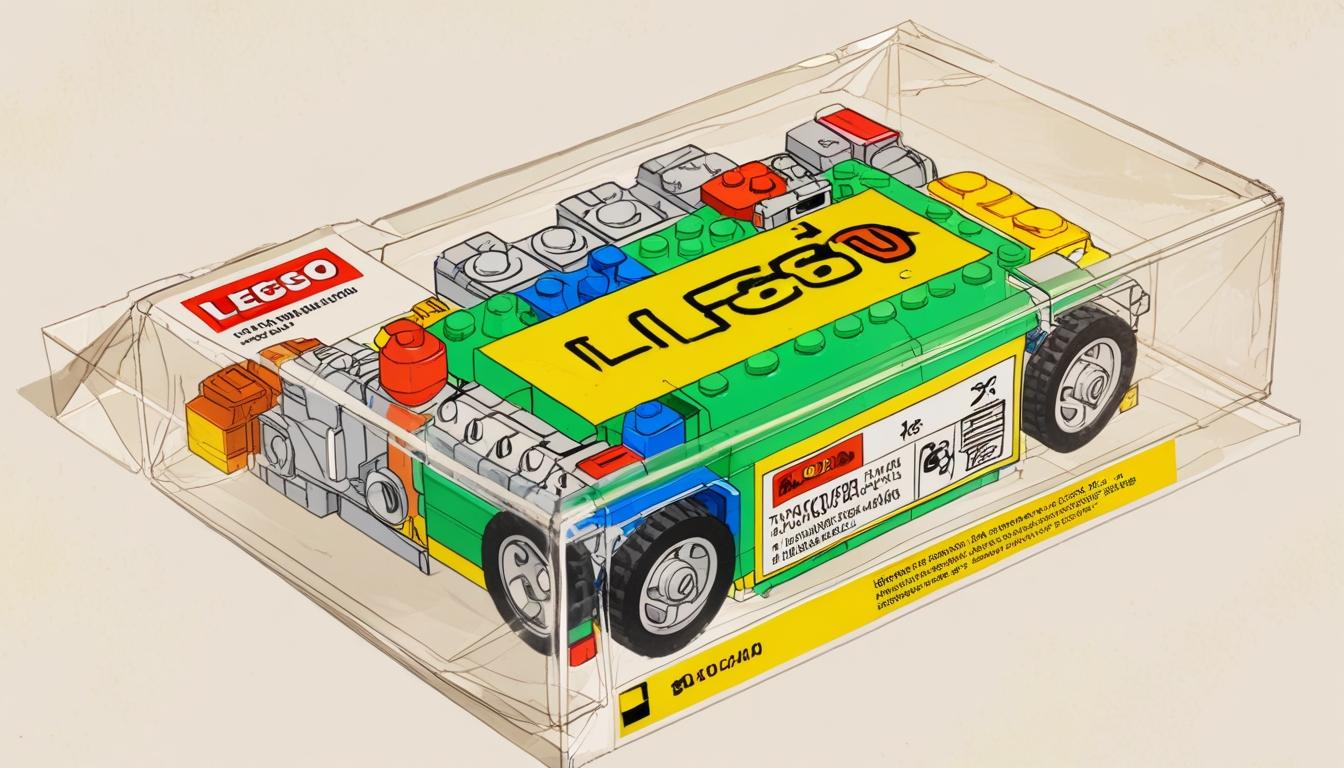As spring cleaning inspires many to clear out wardrobes, garages, and lofts, collectors and enthusiasts might want to reconsider discarding certain items that could increase in value over time. Taskeen Ahmed, a book collector and founder of the UK-based sustainable bookseller Awesome Books, has identified six types of collectibles that are attracting growing interest from collectors and could turn out to be valuable in the future.
Ahmed points to a range of items from various cultural realms, stating, “With collectors constantly on the hunt for rare pieces of cultural history, certain forgotten relics from the 1990s and 2000s are quietly gaining value. We’ve always believed in giving things a second life. That applies to literature, but also to tech, toys, and pop culture. Some of today’s most ordinary items could become tomorrow’s collector’s gold.”
The six categories Ahmed highlights include:
-
Old Artificial Intelligence models stored on external drives – Early examples of AI technology preserved in digital formats are becoming increasingly rare and are considered significant in the evolution of technology.
-
1990s and 2000s LEGO sets that remain sealed in their original packaging – These vintage toys are in high demand, especially those that have been kept unopened, maintaining their originality.
-
Prints from early digital artists – Artwork produced during the emergence of digital art is gaining recognition as it represents a pioneering phase of the art form.
-
Vintage band t-shirts from the 1990s and early 2000s – Apparel linked to major cultural moments and iconic music bands from this era is sought after by collectors.
-
Sealed video games from the 1990s and 2000s – Games preserved in their original sealed packaging are increasingly rare and garner notable attention among gaming enthusiasts.
-
First editions of modern bestsellers – Rare copies or initial printings of popular contemporary books are considered valuable among literary collectors.
Ahmed’s insight underscores a broader interest in cultural artifacts from the late 20th and early 21st centuries, spanning literature, technology, art, toys, and fashion. Collectors' enthusiasm for such items suggests that possessions often seen as everyday objects today may be viewed as treasures by future generations.
Source: Noah Wire Services
